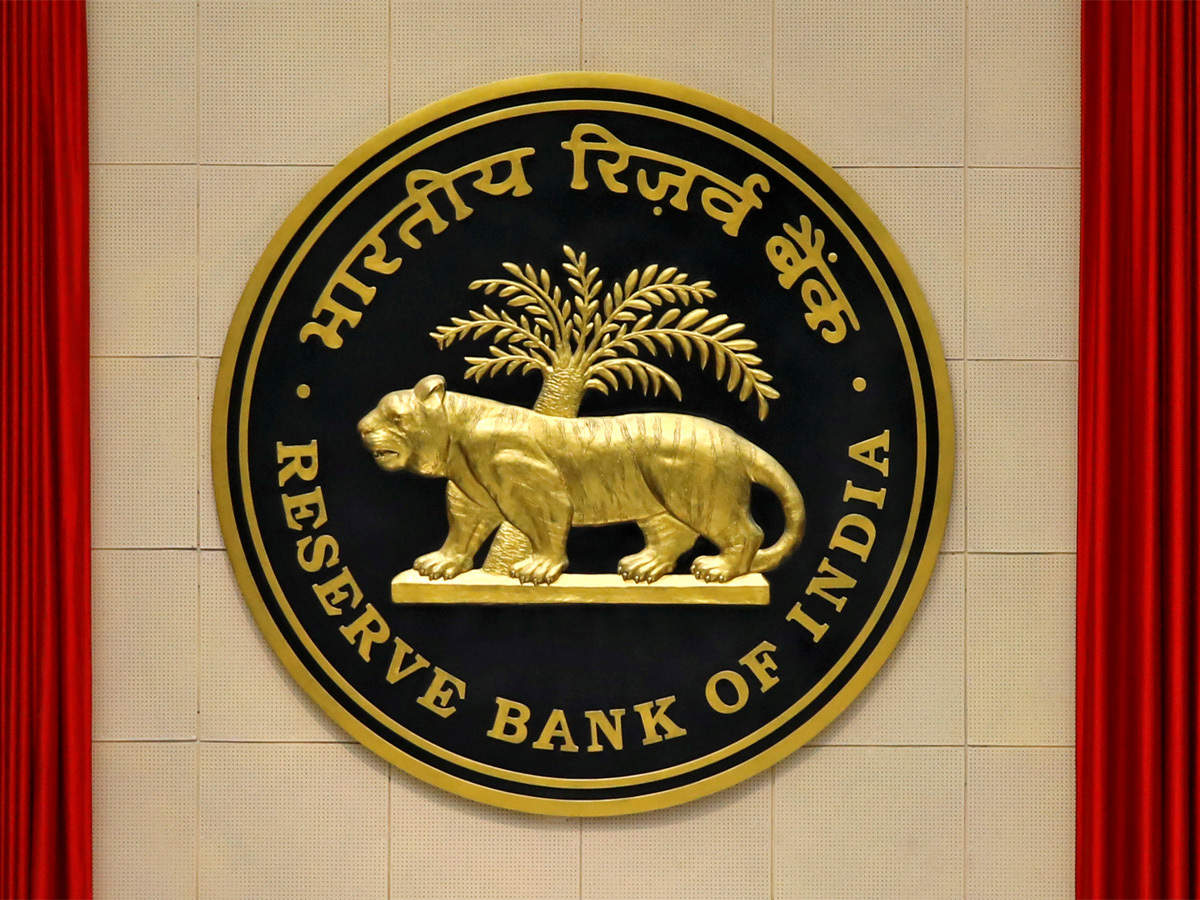The pandemic knocked down entire economies. In response, governments around the world opened the spending spigots while central banks pumped extra liquidity into financial systems. Such coordinated action is necessary during a crisis—as we saw in the aftermath of the North Atlantic financial crisis of 2008 as well. Two years later, as life limps back to normal and the worst economic impact of the pandemic is a receding memory, policymakers have to figure out how to reverse the decisions they took in early 2020. Many will struggle.
India is no exception. This month [February] saw the finance minister announce the Union budget for the next fiscal year. Then the monetary policy committee of the Indian central bank announced its new policy. The common element in both was the fact that India will exit its extraordinary fiscal and monetary policies only gradually, as the economy continues to need policy support till private-sector demand becomes stronger. It is well known that both these decisions have rattled the local bond market.
There are two tricky policy choices in India right now. First, how to withdraw the macroeconomic stimulus before economic imbalances build up. Two, how to coordinate the fiscal and monetary components of this withdrawal, either separately or jointly.
Former Reserve Bank of India (RBI) governor D. Subbarao had famously compared the first challenge to the situation Abhimanyu faced in the Mahabharata. The young warrior knew how to enter the dreaded chakravyuha formation used by the Kaurava army at Kurukshetra, but did not know how to come out of it. In economic policy, there is a similar problem. It is often likely that policymakers know how to enter the stimulus zone, but not how to exit it. The failure to get out in time — as India saw in the first few years of the previous decade — can lead to excess inflation or balance-of-payments pressures (or both). The timing of a successful exit from an extraordinary stimulus policy will always be a tricky problem, especially since economic recoveries from crises tend to be uneven.
The second challenge is to figure out the different speeds at which the monetary and fiscal stimulus are withdrawn. One simple mental model to think about such policy coordination was provided by James Tobin, who won the Nobel Prize for economics in 1981. I like to use it while teaching because it offers an instinctive feel of policy coordination, even though many critics feel it is too simplistic in its depiction of the economy.
A nation-state that seeks to manage aggregate demand has control over two taps, one for net government spending and another for money supply—or fiscal and monetary policy. The water that pours out of these taps rushes through a common funnel into a tank below. The moment the tank below the funnel gets full, it overflows in the form of inflation above the central bank target. The volume of the tank depends on the productive capacity (i.e., the supply side) of the economy.
The underlying assumption in the Tobin funnel is that fiscal and monetary policy can sometimes be used alone and sometimes in combination. One of the criticisms of the Tobin funnel is that it assumes that fiscal and monetary policies have the same effect on the water level in the tank below, but is that true of a supply shock, as was the case in the pandemic? How does a sovereign turn the taps on or off, especially when the law has carved out separate zones of intervention for the government and the central bank? This is as much art as science, and creates important policy dilemmas that many countries, including India, are facing right now.
Let us consider one specific component of the policy dilemma. The extra government borrowing needed to sustain economic activity over the past two years has left India with a huge pile of public debt. The bond market appears to believe that the Centre’s borrowing programme in the next fiscal year is too high for comfort. All this, when there are inflation worries in many parts of the world. RBI is both the inflation manager of the economy as well as debt manager for the government. Should it then calibrate interest rates to suppress any latent price pressures or to help the government borrow smoothly? In other words, should it raise interest rates to tackle inflation or keep them low to support the government budget?
A lot then depends on the pace at which the stimulus is withdrawn in the coming year or two, as well as the relative role assigned to fiscal and monetary policies in the mix. The signals sent out will be as important as the actual actions. The finance ministry has laid out a clear path of fiscal consolidation that it has till now shown it will try sticking to. The monetary policy signals have been more confusing. RBI has made dovish statements while gradually allowing market interest rates to rise, a puzzling gap between what it says and what it does.
This article was originally published in Mint on February 23, 2022.
Read more: Crypto-assets need Environmental Regulation
Post Disclaimer
The opinions expressed in this essay are those of the authors. They do not purport to reflect the opinions or views of CCS.






